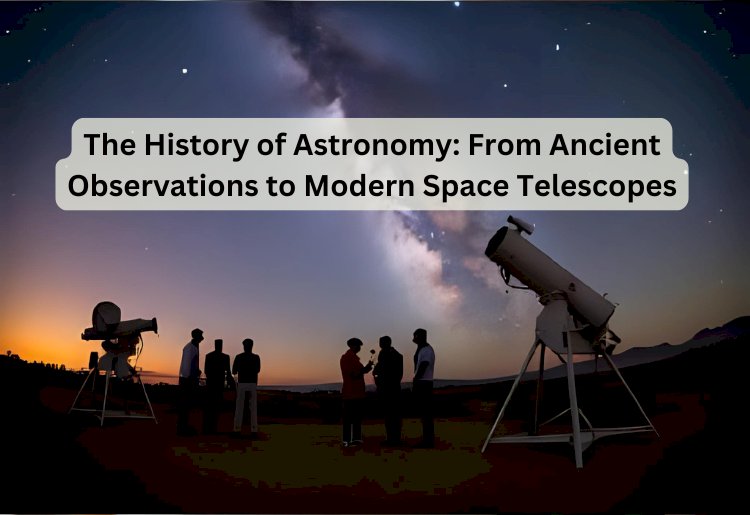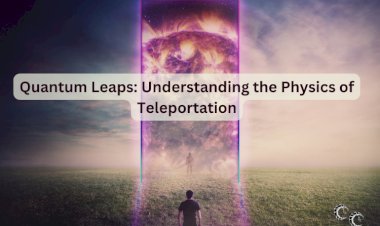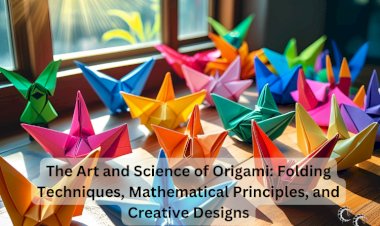The History of Astronomy: From Ancient Observations to Modern Space Telescopes

Astronomy, one of the oldest sciences, has fascinated humans for millennia. From early stargazers charting the heavens to today’s sophisticated space telescopes scanning distant galaxies, our understanding of the universe has evolved dramatically. This journey reflects not only technological progress but also the deep human desire to understand our place in the cosmos.
Ancient Observations
Long before telescopes, ancient civilizations relied on the naked eye to study the skies. The Babylonians recorded star positions and developed early calendars based on celestial cycles. The Egyptians aligned monuments like the pyramids with stars, while the Maya created complex astronomical systems to guide agriculture and religious events. In Greece, philosophers like Aristotle and Ptolemy theorized about the universe’s structure, often placing Earth at its center.
The Copernican Revolution
The Renaissance brought a seismic shift in our cosmic perspective. Nicolaus Copernicus proposed a heliocentric model, placing the Sun—not Earth—at the center of the solar system. This challenged centuries of geocentric thought and laid the groundwork for modern astronomy. Galileo Galilei’s improvements to the telescope allowed him to observe moons orbiting Jupiter and the phases of Venus, providing evidence for the Copernican model and advancing the scientific method.
Mapping the Stars and Discovering New Worlds
In the centuries that followed, astronomers like Johannes Kepler, Isaac Newton, and William Herschel revolutionized our understanding of celestial motion and gravity. Kepler’s laws described planetary orbits, Newton unified celestial and terrestrial physics, and Herschel discovered Uranus, expanding the known boundaries of the solar system.
The Age of Space Telescopes
The 20th and 21st centuries ushered in a new era of astronomy. Ground-based telescopes grew in size and precision, while space-based observatories like the Hubble Space Telescope provided unparalleled clarity by escaping Earth’s atmospheric distortion. Radio telescopes revealed the cosmic microwave background, supporting the Big Bang theory, while missions like Kepler and James Webb Space Telescope began scanning for exoplanets and studying the earliest galaxies in the universe.
Looking Ahead
Modern astronomy is a blend of observation, theory, and cutting-edge technology. With advances in artificial intelligence, adaptive optics, and space exploration, our ability to study the cosmos is expanding faster than ever. From searching for signs of extraterrestrial life to probing dark matter and dark energy, humanity’s quest to understand the universe is far from over.





























